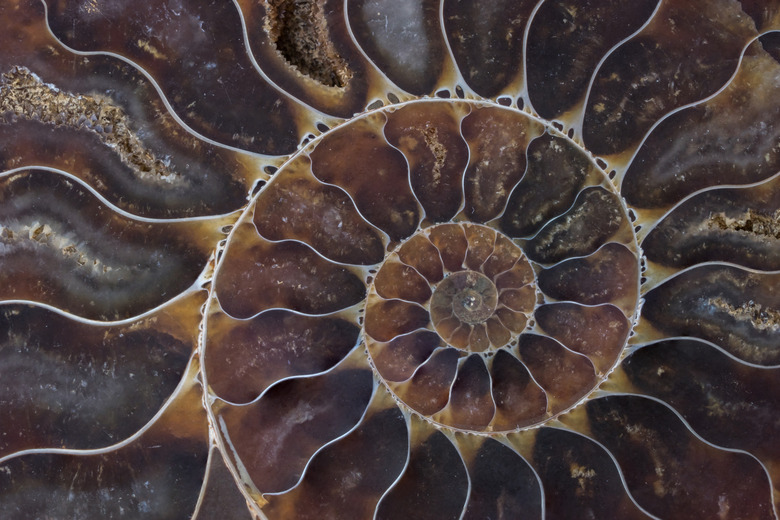Types Of Number Patterns In Math
By studying patterns in math, humans become aware of patterns in our world. Observing patterns allows individuals to develop their ability to predict future behavior of natural organisms and phenomena. Civil engineers can use their observations of traffic patterns to construct safer cities. Meteorologists use patterns to predict thunderstorms, tornadoes, and hurricanes. Seismologists use patterns to forecast earthquakes and landslides. Mathematical patterns are useful in all areas of science.
Arithmetic Sequence
Arithmetic Sequence
A sequence is group of numbers that follow a pattern based on a specific rule. An arithmetic sequence involves a sequence of numbers to which the same amount has been added or subtracted. The amount that is added or subtracted is known as the common difference. For example, in the sequence "1, 4, 7, 10, 13..." each number has been added to 3 in order to derive the succeeding number. The common difference for this sequence is 3.
Geometric Sequence
Geometric Sequence
A geometric sequence is a list of numbers that are multiplied (or divided) by the same amount. The amount by which the numbers are multiplied is known as the common ratio. For example, in the sequence "2, 4, 8, 16, 32..." each number is multiplied by 2. The number 2 is the common ratio for this geometric sequence.
Triangular Numbers
Triangular Numbers
The numbers in a sequence are referred to as terms. The terms of a triangular sequence are related to the number of dots needed to create a triangle. You would begin forming a triangle with three dots; one on top and two on bottom. The next row would have three dots, making a total of six dots. The next row in the triangle would have four dots, making a total of 10 dots. The following row would have five dots, for a total of 15 dots. Therefore, a triangular sequence begins: "1, 3, 6, 10, 15...")
Square Numbers
Square Numbers
In a square number sequence, the terms are the squares of their position in the sequence. A square sequence would begin with "1, 4, 9, 16, 25..."
Cube Numbers
Cube Numbers
In a cube number sequence, the terms are the cubes of their position in the sequence. Therefore, a cube sequence starts with "1, 8, 27, 64, 125..."
Fibonacci Numbers
Fibonacci Numbers
In a Fibonacci number sequence, the terms are found by adding the two previous terms. The Fibonacci sequence begins thusly, "0, 1, 1, 2, 3, 5, 8, 13..." The Fibonacci sequence is named for Leonardo Fibonacci, born in 1170 in Pisa, Italy. Fibonacci introduced Hindu-Arabic numerals to Europeans with the publication of his book "Liber Abaci" in 1202. He also introduced the Fibonacci sequence, which was already known to Indian mathematicians. The sequence is important, because it appears in many places in nature, including: plant leafing patterns, spiral galaxy patterns, and the chambered nautilus' measurements.
Cite This Article
MLA
Seehorn, Ashley. "Types Of Number Patterns In Math" sciencing.com, https://www.sciencing.com/types-number-patterns-math-8093943/. 13 March 2018.
APA
Seehorn, Ashley. (2018, March 13). Types Of Number Patterns In Math. sciencing.com. Retrieved from https://www.sciencing.com/types-number-patterns-math-8093943/
Chicago
Seehorn, Ashley. Types Of Number Patterns In Math last modified August 30, 2022. https://www.sciencing.com/types-number-patterns-math-8093943/
